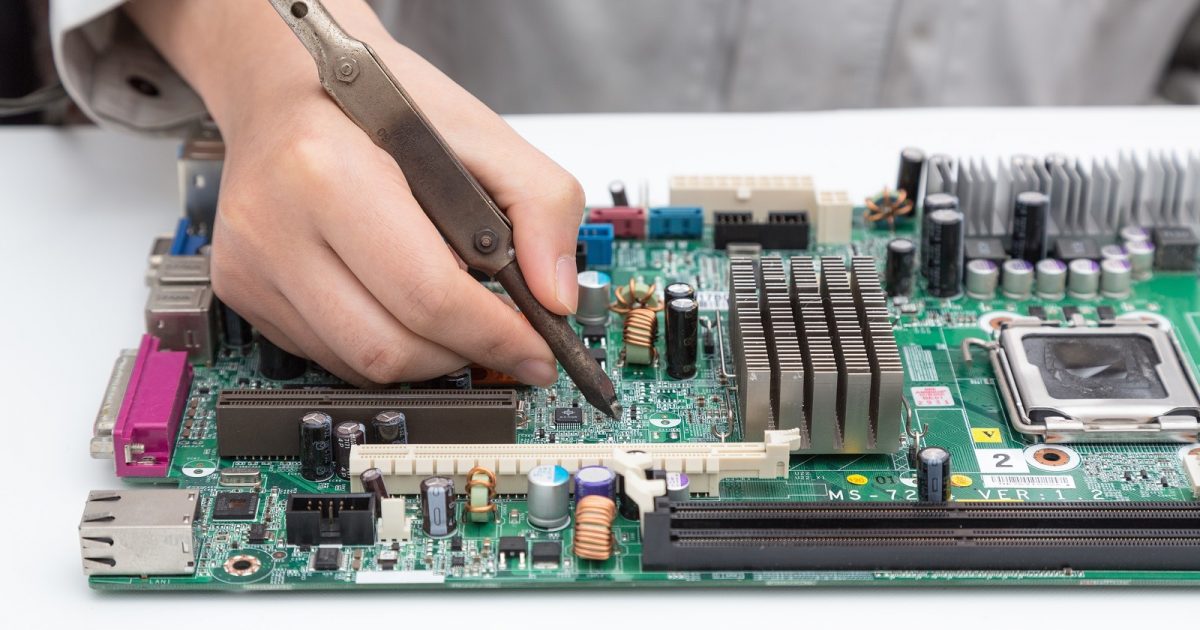Quality barometer of product function “Function reliability” When designing products, we will make product specifications. It will be expanded from the product specification to the function of the product, but as long as the quality of the function itself can not be maintained, the specification can not be satisfied as a result. I would like […]
ものづくり用語
Let’s start with a big factor Pareto chart
Let’s start with a big factor Pareto figure As a part of quality control (Quality Control), there is a “Pareto chart” as one of display methods often used. I would like to explain what the Pareto chart looks like, how to view it, and how effective it is to use it. What is a Pareto […]
Let’s reduce the number of tests (experimental design method)
Let’s reduce the number of tests (experimental design method) We try to figure out combinations of several conditions for testing for quality and purpose extraction. If it is a normal idea, if you do the number of rounds per minute (by testing) it is certain. , but in cases where there are many types of […]
Variability and process capability
Variability and process capability Manufacturing and process capabilities are inseparable edges. Although it may not have been heard, simply say, process capability is ability to express the probability of fitting within the product’s standards in making the product . Based on the capability index, we will grasp the loss of products and determine the inspection […]
Innovator theory and casm theory
Innovator theory and casm theory In manufacturing, innovation (explosive popularization, or product thereof) is an important word and a goal. In fact, in manufacturing, if we can innovate, is not it a successful person of manufacturing? This time I will explain the theory which should be an indicator for innovation. One is Innovator theory The […]
Digital Fabrication “New Equipment”
Digital Fabrication “New Equipment” What is Digital Fabrication? It is a device which automatically shapes the design data of digital data if material is input. I will reproduce digital data without human’s hand. Many experts do the work that was required, all together, it will be possible to manage constant creation time and quality. Benefits […]
“Innovation of new inventions and markets” Innovation
Innovation I will explain about innovation. o Innovation Even with existing technology it can be called “innovation ” when the product begins to sell explosively and it is called innovation. What is innovation? “New combination of invention and market” (explosive popular new product) o Destructive innovation What is destructive innovation “Phenomenon in […]





